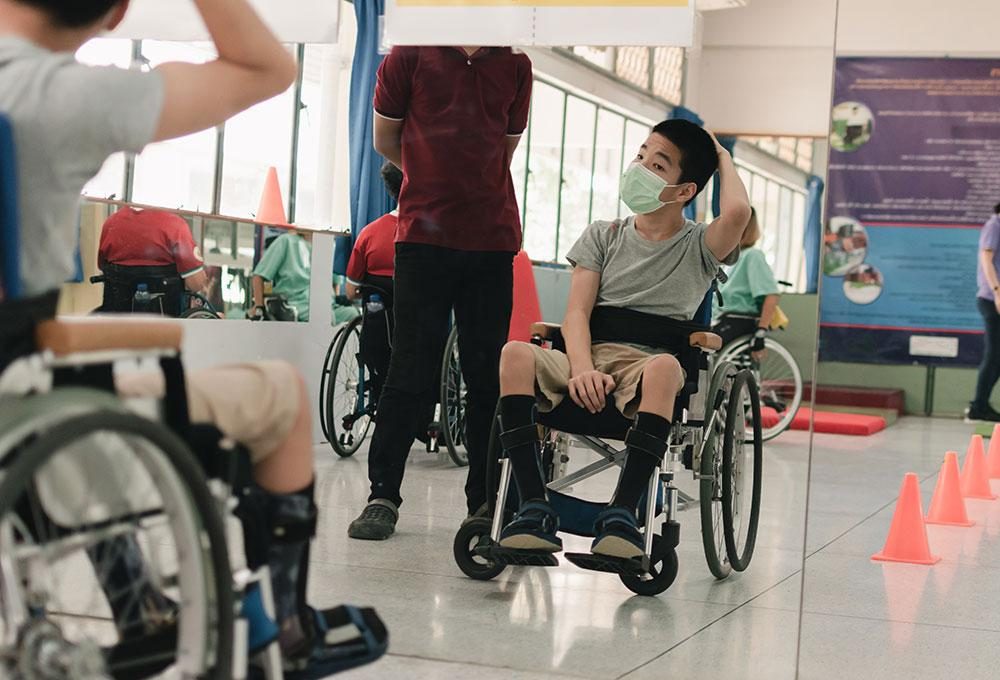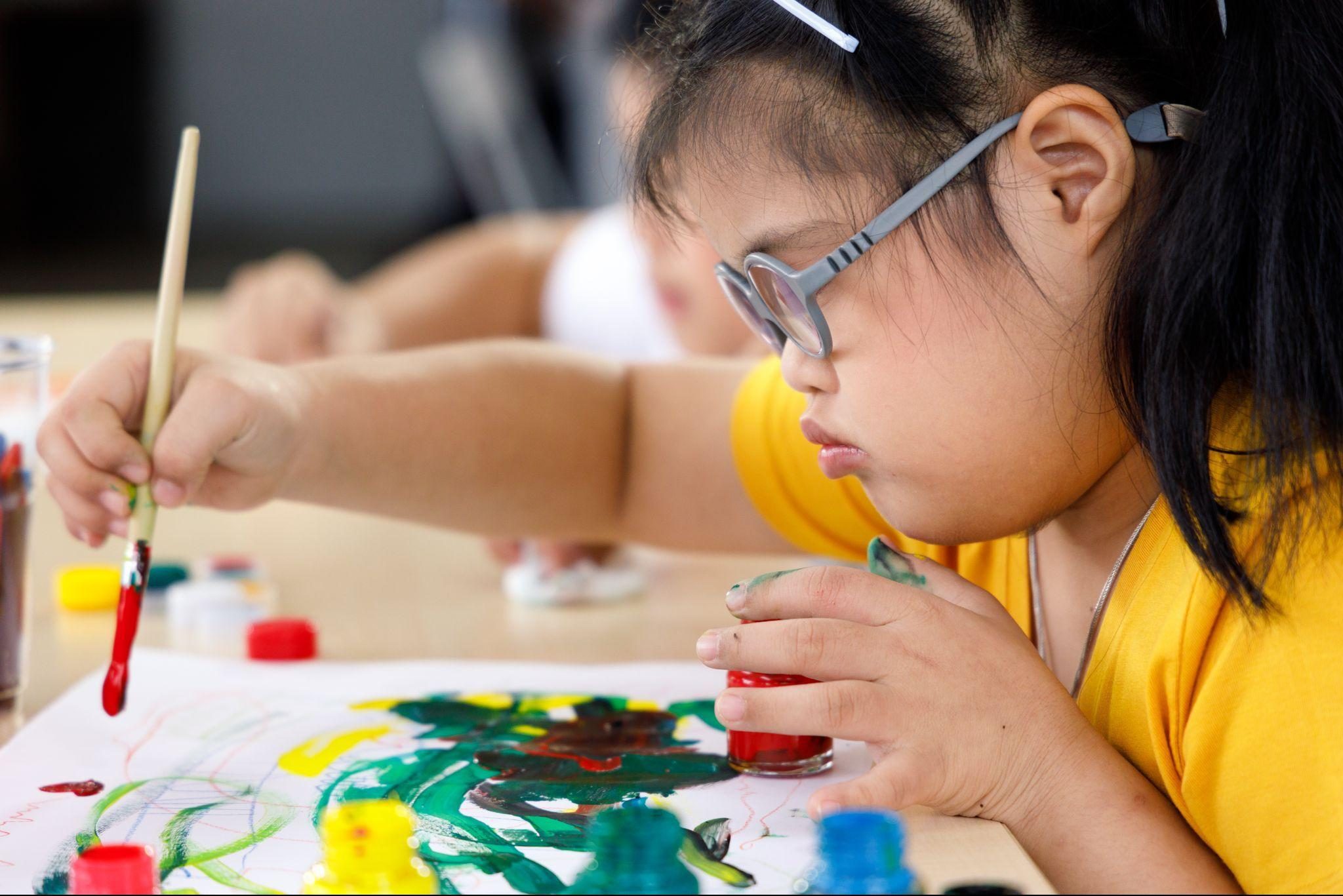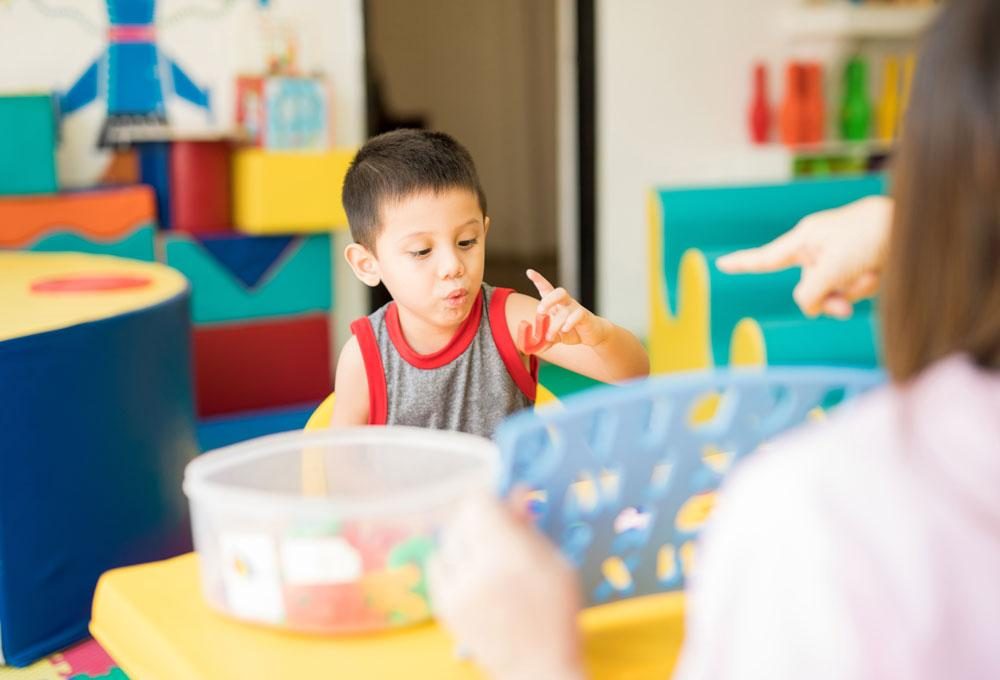
A Parent’s Guide: Physiotherapy for Children
by on 02/08/2025 3413

In this article, Ms Wan Kun Wong – a paediatric physiotherapist – gives us an insightful introduction to physiotherapy for children.
Most people understand why adults need physiotherapy but not many are aware that babies and children need physiotherapy as much as adults do. Even though researchers have found proof that children do heal more quickly from injuries than adults, sometimes, growth spurts place different stresses on children’s musculoskeletal and nervous systems, making them more at risk of growth related injuries, which then requires a physiotherapist to ease the growing pains. Other times, physiotherapy might be needed when children have movement problems due to an illness or disability.

What does a paediatric physiotherapist do?
A paediatric physiotherapist is a well-trained health professional who works with children at various stages in their lives to deal with a wide range of conditions, injuries or developmental concerns that affect the way they move or do their daily activities. They are experts in children’s development, particularly in the development of movement. They see children who are not keeping up with their developmental milestones, children with torticollis (where the head has a preferred side), spine deformity or children with brain lesions and many more.

How is it different from adult physiotherapy?
Paediatric physiotherapists can do the same thing as adult physiotherapists. One of the major differences is taking into consideration that the child is growing, their brain is developing, and their bones and muscles are still growing too. A physiotherapist who works with children should be well-equipped with the knowledge about the growth and developmental delays that are more likely to affect children. For example, a 4-year-old with no underlying medical conditions but has flat feet – a rather common concern from parents – may or may not require physiotherapy treatment. A specialised paediatric physiotherapist should be able to tell the parents what to expect at this age for the feet development of the child and whether treatment is needed.

Who can benefit from physiotherapy?
Physiotherapy can benefit babies or children who display delays or deficits in gross motor development, strength and posture, gait, mobility, or those with pain or injuries, such as the following:
-
Delays in achieving motor milestones, e.g., babies who are much slower in learning how to crawl, sit, walk, etc.
-
Abnormal movement patterns, e.g., w-sitting, toe walking, etc.
-
Difficulties in jumping/hopping/ball skills.
-
Frequent falls, poor balance and coordination.
-
Joint, bone or muscle problems that are causing weakness, pain or movement difficulties, e.g., torticollis (head tilted to one side), growth spurt pains, spine deformity, etc.
-
Conditions like Cerebral Palsy, Autism Spectrum Disorder, Down Syndrome, Erb’s Palsy, etc.

What does a paediatric physiotherapy session look like?
Paediatric physiotherapy sessions are designed to address each child’s individual needs. To help the child maximise his/her physical abilities, a physiotherapist would measure the child’s strength and flexibility, analyse how the child moves, identify existing and potential problems, integrate a variety of activities into the treatment plan to improve movement, and provide instructions for home exercises. Some form of play is often incorporated into the sessions to make therapy fun, so that children will remain engaged and motivated to actually make the treatment effective. However, every child’s needs are unique, hence, the treatment programme will be different. It’s best to book a consultation with your therapy centre.


What role can parents play?
While the physiotherapist will always strive to achieve the best outcomes for the child at the therapy centre, there is only so much work that can be done during the designated sessions. Sometimes, the treatment programmes may have a component of exercise that parents or caregivers can implement at home to help the child function at their maximum potential.
How are therapists trained and certified?
To become a physiotherapist in Malaysia, one must have completed a tertiary qualification, such as a Bachelor of Physiotherapy degree or a Diploma in Physiotherapy, and be registered with the Malaysian Allied Health Professions Council to practice. This means clients can rest assured that therapists have met all requirements to work as a physiotherapist in Malaysia.






















